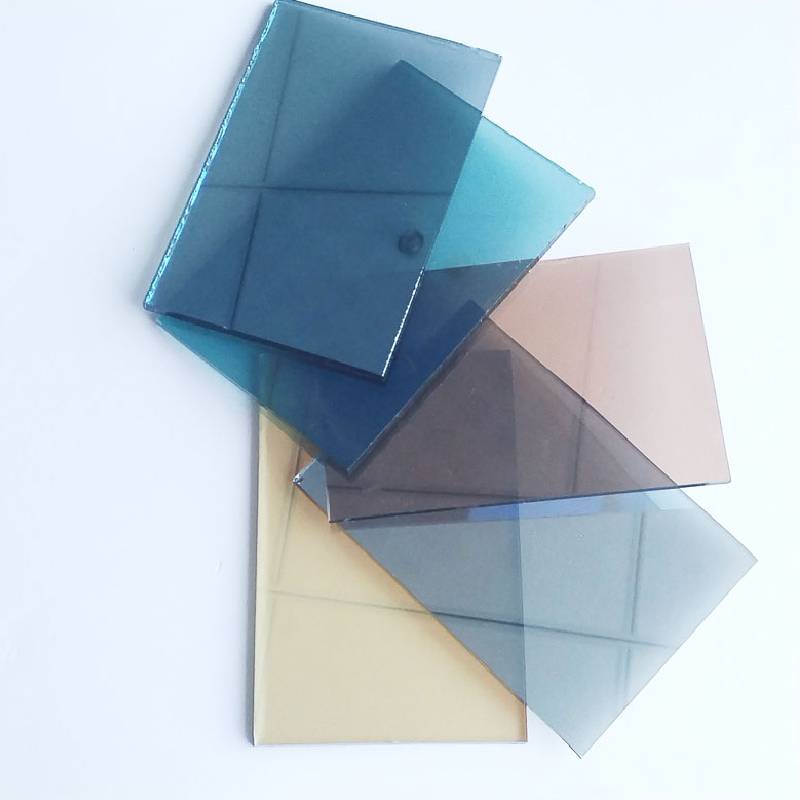The Chemistry of Acids That Etch Glass A Comprehensive Overview
Glass, a fascinating material that has been utilized for centuries, possesses unique properties that make it both durable and aesthetically pleasing. However, its very structure, composed largely of silica (SiO2), also makes it susceptible to certain chemical processes. Among these processes, the etching of glass using specific acids has gained attention for its applications in art, manufacturing, and research. In this article, we will explore the acids that etch glass, the chemical mechanisms behind the process, and their various applications.
Understanding Glass and Its Composition
Glass is an amorphous solid, meaning it lacks the crystalline structure found in most other solid materials. Its primary ingredient, silica, can withstand high temperatures and is resistant to many chemicals, making it a popular choice for countless applications. However, this resistance is not absolute, and certain acids can react with glass, leading to etching or surface modification.
Acids That Etch Glass
The primary acid known for etching glass is hydrofluoric acid (HF). This highly corrosive acid is capable of reacting with silica, breaking down the Si-O bonds and forming silicon tetrafluoride (SiF4), which is volatile and can escape into the atmosphere. The reaction can be represented as follows
\[ \text{SiO}_2 + 4 \text{HF} \rightarrow \text{SiF}_4 + 2 \text{H}_2\text{O} \]
This reaction not only cleans the surface but can also create intricate designs, making hydrofluoric acid a popular choice in artistic glass etching
.
Another acid that can etch glass, though not as effectively as HF, is phosphoric acid (H3PO4). This acid can partially attack the silica and alter the surface properties, albeit typically yielding less dramatic results compared to hydrofluoric acid.
The Mechanism of Etching
The etching process is fundamentally a chemical reaction where the acid interacts with the silica in the glass. The hydrofluoric acid, due to its small molecular size and high electronegativity of fluorine, penetrates the glass matrix and disrupts the silicon-oxygen network. This disruption results in the gradual removal of material from the surface of the glass, leading to a frosted appearance or the desired etching pattern.
acid that etches glass
Furthermore, the concentration of the acid and the duration of exposure significantly influence the extent of the etching. A higher concentration of hydrofluoric acid will lead to a faster reaction, while a longer exposure time can create deeper etches. However, this also requires careful handling, as hydrofluoric acid poses severe health risks due to its ability to penetrate tissue and inhibit calcium metabolism.
Applications of Glass Etching
The ability to etch glass has a plethora of applications across various fields
1. Artistic Manipulation Artists use hydrofluoric acid to create intricate designs on glass surfaces. From decorative vases to intricate window panels, etching allows for personalization and uniqueness in glass artworks.
2. Manufacturing In industrial settings, glass etching is used to produce optical devices, such as lenses and prisms, where specific surface characteristics are required to control light behavior.
3. Science and Research In laboratories, glass etching is employed to create microfluidic devices and to modify the surface properties of glass containers used in chemical experiments.
4. Architectural Design Etched glass is increasingly popular in modern architecture, being used in building facades and interior decorations, where it combines beauty with functional qualities such as privacy and light diffusion.
Safety Considerations
Given the hazardous nature of hydrofluoric acid, safety is of paramount importance when etching glass. Proper protective equipment, including gloves, goggles, and specialized respirators, is essential. Additionally, appropriate waste disposal methods must be followed to mitigate environmental risks associated with the use of this acid.
Conclusion
The use of acids that etch glass, particularly hydrofluoric acid, represents a fascinating intersection of chemistry and artistry. Through a simple yet powerful chemical reaction, artists and manufacturers can transform the surface of glass, yielding intricate designs and functional changes. As technology advances, the methods and safety protocols surrounding glass etching will continue to evolve, offering exciting possibilities while maintaining our commitment to safety and environmental responsibility.
 Afrikaans
Afrikaans  Albanian
Albanian  Amharic
Amharic  Arabic
Arabic  Armenian
Armenian  Azerbaijani
Azerbaijani  Basque
Basque  Belarusian
Belarusian  Bengali
Bengali  Bosnian
Bosnian  Bulgarian
Bulgarian  Catalan
Catalan  Cebuano
Cebuano  Corsican
Corsican  Croatian
Croatian  Czech
Czech  Danish
Danish  Dutch
Dutch  English
English  Esperanto
Esperanto  Estonian
Estonian  Finnish
Finnish  French
French  Frisian
Frisian  Galician
Galician  Georgian
Georgian  German
German  Greek
Greek  Gujarati
Gujarati  Haitian Creole
Haitian Creole  hausa
hausa  hawaiian
hawaiian  Hebrew
Hebrew  Hindi
Hindi  Miao
Miao  Hungarian
Hungarian  Icelandic
Icelandic  igbo
igbo  Indonesian
Indonesian  irish
irish  Italian
Italian  Japanese
Japanese  Javanese
Javanese  Kannada
Kannada  kazakh
kazakh  Khmer
Khmer  Rwandese
Rwandese  Korean
Korean  Kurdish
Kurdish  Kyrgyz
Kyrgyz  Lao
Lao  Latin
Latin  Latvian
Latvian  Lithuanian
Lithuanian  Luxembourgish
Luxembourgish  Macedonian
Macedonian  Malgashi
Malgashi  Malay
Malay  Malayalam
Malayalam  Maltese
Maltese  Maori
Maori  Marathi
Marathi  Mongolian
Mongolian  Myanmar
Myanmar  Nepali
Nepali  Norwegian
Norwegian  Norwegian
Norwegian  Occitan
Occitan  Pashto
Pashto  Persian
Persian  Polish
Polish  Portuguese
Portuguese  Punjabi
Punjabi  Romanian
Romanian  Russian
Russian  Samoan
Samoan  Scottish Gaelic
Scottish Gaelic  Serbian
Serbian  Sesotho
Sesotho  Shona
Shona  Sindhi
Sindhi  Sinhala
Sinhala  Slovak
Slovak  Slovenian
Slovenian  Somali
Somali  Spanish
Spanish  Sundanese
Sundanese  Swahili
Swahili  Swedish
Swedish  Tagalog
Tagalog  Tajik
Tajik  Tamil
Tamil  Tatar
Tatar  Telugu
Telugu  Thai
Thai  Turkish
Turkish  Turkmen
Turkmen  Ukrainian
Ukrainian  Urdu
Urdu  Uighur
Uighur  Uzbek
Uzbek  Vietnamese
Vietnamese  Welsh
Welsh  Bantu
Bantu  Yiddish
Yiddish  Yoruba
Yoruba  Zulu
Zulu 

